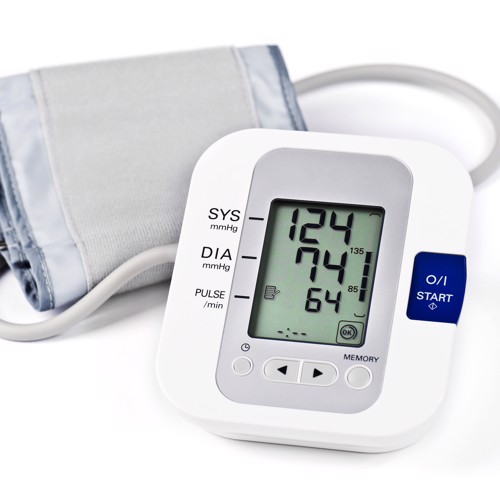Home BP monitors - reassuringly cheap and accurate
NO
PHARMACEUTICAL INFLUENCE
Home BP monitors - reassuringly cheap and accurate

Which blood pressure monitor should I buy doc? I hope it won’t cost too much…I’m sure all of us will have had this, or a variation of this question from patients over the past few years. There had been a gradual move to home monitoring of blood pressure, even before the dreaded COVID hit, but the pandemic will have no doubt accelerated that process. However, pre-pandemic we had been generally slow in the UK to adopt/recommend home BP monitors compared with other European countries, and scepticism about the accuracy of home BP monitors had persisted. Another barrier may have been cost, and a possible perception that cheaper BP monitors might be less accurate.
Given the widespread use of home BP monitoring (HBPM) now, a review article in the DTB (Drug and Therapeutics Bulletin 2021;59:179) just before Christmas gave a useful review on three important questions for both us and our patients - Are HBPMs accurate? If so, for how long and when do they need to be re-calibrated or replaced? And how much money do I need to spend on them? The DTB review summarised and discussed an original research study in the BJGP last year (BJGP 2020; 70 (697)), aptly named the ACCU-RATE study.
This was a cross-sectional observational study based in UK primary care that reviewed the accuracy of HBPM and factors affecting their accuracy. Patients with hypertension were surveyed to ascertain if they had a home BP monitor and if so were invited to have their machine tested. 42% of those surveyed had monitors and almost 80% of them brought their machines in for testing, totalling 331 devices. Devices had to have separate cuff and monitors so both parts could be separately tested, which excluded nearly all wrist monitors. Well over 2/3 of the monitors came from Omron, Lloyds or Boots.
The study deemed a device to have failed if it had an error of +/- 3mm/Hg at any measurement (considered quite stringent testing) or if other errors were found (e.g. air leaks etc). The results were very reassuring. Overall 76% passed all tests (which initially doesn’t sound great) but if the devices were validated ones this pass rate went up to 96% (vs 64% if not validated). The other key factor in accuracy rate was time in service. Failure rate was only 5% in those monitors purchased within the last 4 years, but this failure rate went up to 26% in older models. And finally what about cost? Reassuringly this evidence suggests patients do not need to spend vast amounts of money on a device - there certainly was a high failure rate of >33% in the cheapest (<£10) devices, and although accuracy improved with cost, mid range devices (£10-£30) only had ~10% failure rate which only improved slightly once you went above that amount.
This is the sort of research I like. Simple questions, clear and highly practical answers. Are HBPMs accurate? Generally yes, but use a validated device (the British and Irish Hypertension Society give an updated list of validated devices). When do they need to be re-calibrated or replaced? Based on this evidence the DTB advise monitors be re-calibrated every 2 years or replaced every 4 years. And how much money do I need to spend on them? £10-£30 should be plenty, but you can spend more if you want all the bells and whistles! Finally a couple of useful resources for you and your patients - advice on home BP monitoring from Blood Pressure UK which we have summarised into a free KISS on our website.
Dr Rob Walker
20th January 2022
Join us at one of our upcoming courses or live webinars

Recent NB Blogs
Need an immediate update? – all our courses are available on demand
Did you find this useful?
You can quickly add CPD to your account by writing a reflective note about the Home BP monitors - reassuringly cheap and accurate post you've read.
Log in to your NB Dashboard and use the 'Add Reflective Note' button at the bottom of a blog entry to add your note.

